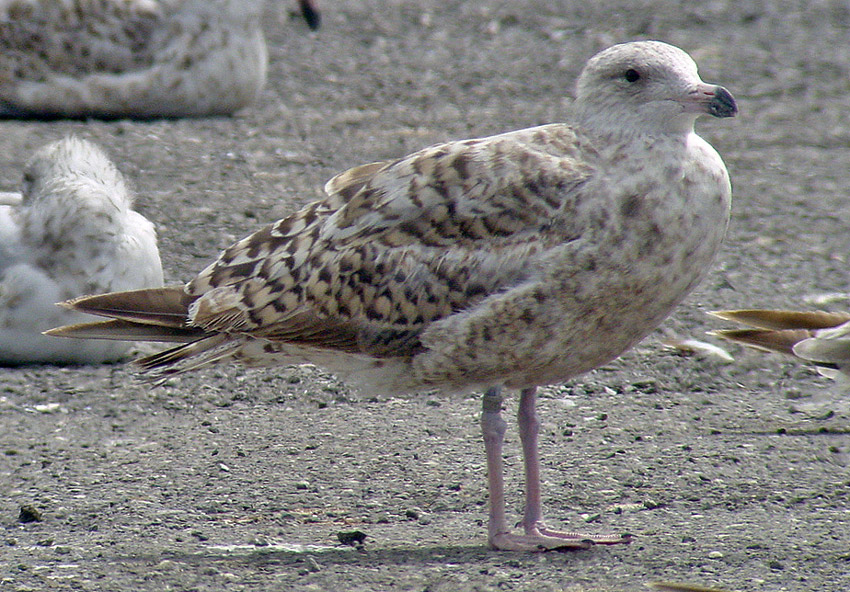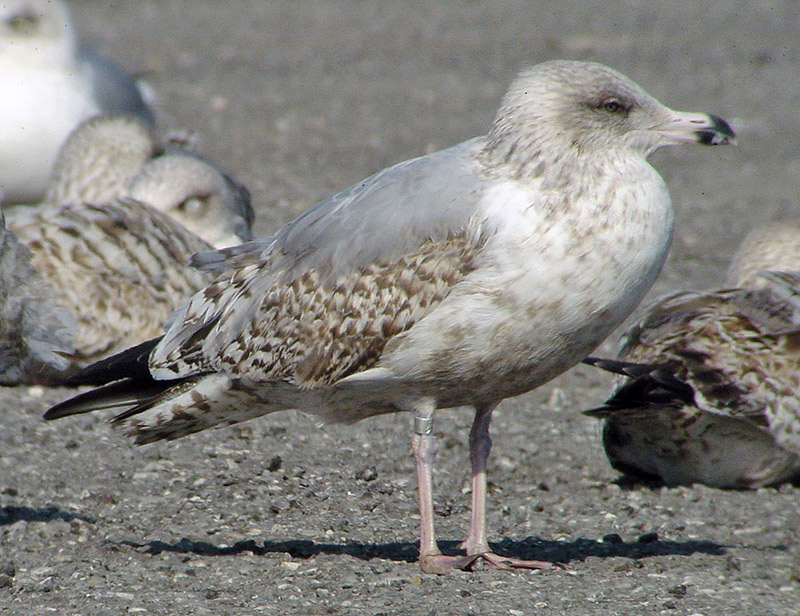 Herring Gull- Zilvermeeuw (argentatus & argenteus)
Herring Gull- Zilvermeeuw (argentatus & argenteus)
(last update:
Herring Gull plumages:
hg 1cy July
hg 1cy August
hg 1cy September
hg 1cy October
hg 1cy November
hg 1cy December
hg 2cy January
hg 2cy February
hg 2cy March
hg 2cy April
hg 2cy May
hg 2cy June
hg 2cy July
hg 2cy August
hg 2cy September
hg 2cy October
hg 2cy November
hg 2cy December
hg 3cy January
hg 3cy February
hg 3cy March
hg 3cy April
hg 3cy May
hg 3cy June
hg 3cy July
hg 3cy August
hg 3cy September
hg 3cy October
hg 3cy November
hg 3cy December
hg sub-ad January
hg sub-ad February
hg sub-ad March
hg sub-ad April
hg sub-ad May
hg sub-ad June
hg sub-ad July
hg sub-ad August
hg sub-ad September
hg sub-ad October
hg sub-ad November
hg sub-ad December
hg ad January
hg ad February
hg ad March
hg ad April
hg ad May
hg ad June
hg ad July
hg ad August
hg ad September
hg ad October
hg ad November
hg ad December
|
Herring Gull 5.352.714 2cy-3cy (argenteus), July 10 2002 & March 17 2003, Boulogne/Mer, France (50.43N-01.37E). below: Herring Gull 5.352.714 2cy (argenteus), July 10 2002, Boulogne/Mer, France (50.43N-01.37E). A 2cy argenteus, ringed in the Netherlands, ring number Arnhem 5.352.714. It was ringed as pullus on July 02 2001 at IJmuiden (52.28N 04.35E). From late April onwards, argenteus has a complete moult during summer to so-called "second winter" plumage. This complete moult will be finished by October. The head appears white from May to July, will be moulted by July-August and will show neat fine streaking by October. The under-parts and rump turns pale, mottled with brown. From mid-April, the scapulars and mantle are replaced by third generation feathers, starting with the replacement of the lower upper scapulars. The pattern of the third generation scapulars is more or less similar to the anchor pattern of the second generation feathers, but they can be recognized by the warm buffish tone and neat white fringe as long as the feathers are fresh. In the second generation scapulars, the fringes are often worn away (especially in the upper scapulars). In argenteus, some new scapulars may appear adult-like pale grey, but most new feathers will show an anchor pattern and this still applies on the new feathers in September. From early April, the inner primaries are shed
and new second generation primaries grown in. The last juvenile primary (P10)
will be shed by the first week of August. The majority of argenteus
complete the primary moult by the first week of October, with a new second
generation P10 fully grown. The new primaries are dark with a tiny pale tip on
the fresh flight-feathers. Again, the four inner primaries show an extensive
pale window, as both inner and outer-web are pale greyish white-brown,
contrasting with the outer-wing. A pale inner-web can still be found in P7.
below: Herring Gull 5.352.714 3cy (argenteus), March 17 2003, Le Portel / Boulogne-sur-Mer, France (50.42N,1.34E). A 3cy argenteus, ringed in the Netherlands, Ringstation Arnhem 5.352.714. It was ringed as pullus on July 02 2001 at IJmuiden, the Netherlands (52.28N 04.35E). This individual represents the typical Dutch 3cy argenteus having the scapulars plain adult-like grey, contrasting with the barred lesser coverts, creating a saddle effect. In this individual, almost all scapulars are plain grey, except some rear lower scapulars. It also shows the typically pinkish base to the bill and a broad bill-band. The second generation primaries have small white crescents and lack the mirror on P10. The tail is completely second generation, showing a broad band. 3cy argenteus has a partial moult in spring. It starts in January and is completed by April, leaving birds in so-called "second summer" plumage. The head turns white, especially on throat, breast and belly. By April, the scapulars and mantle will show many adult-like grey feathers, often creating a contrasting "grey saddle", as most of the wing-coverts (especially the lesser coverts) are still barred. The old second generation wing-coverts start to fade and the fringes wear off.
|

